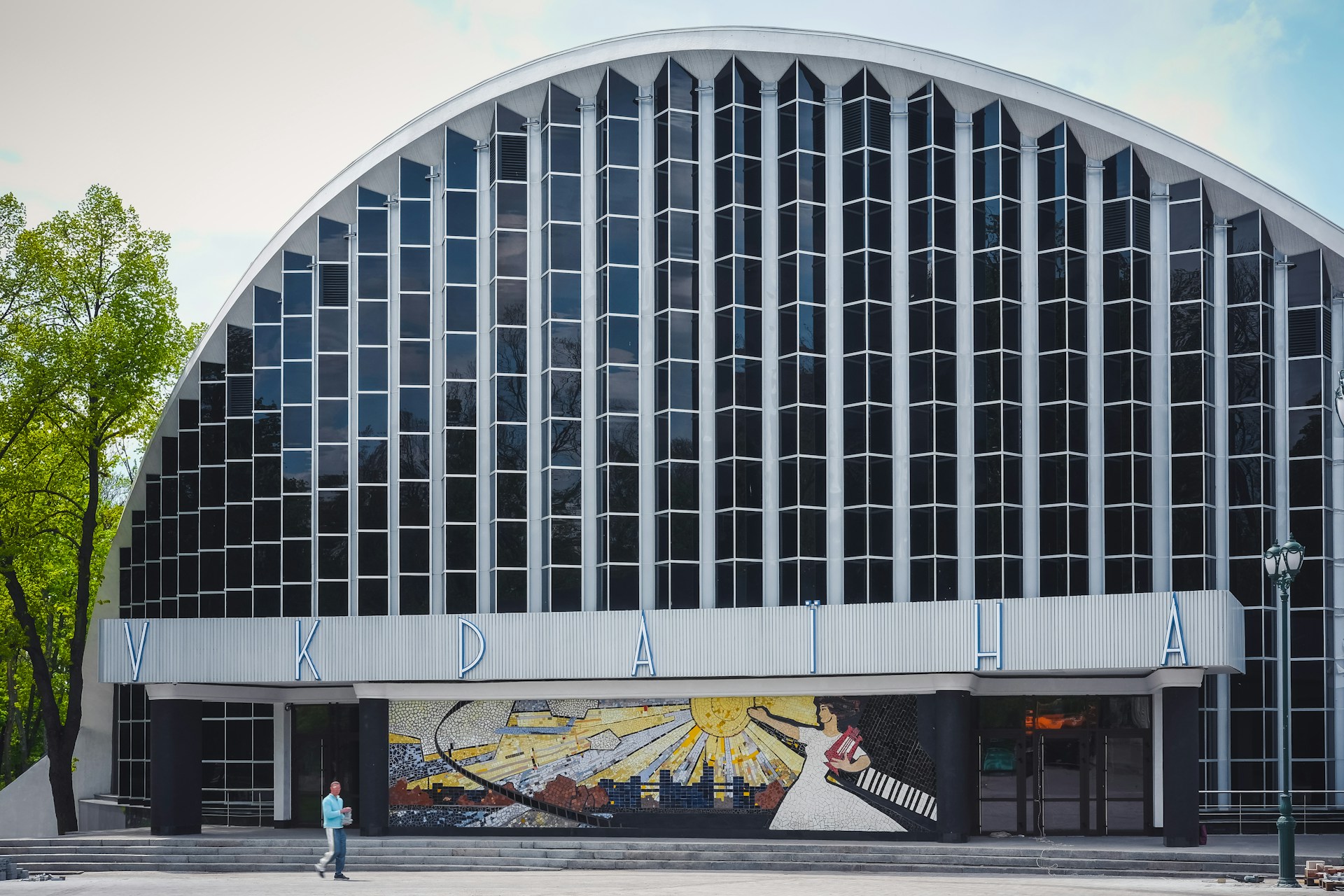Kharkiv’s urban landscape, scarred by conflict yet defiantly standing, now captures global admiration for its storied architecture and enduring spirit. Central to this narrative is Derzhprom, the 1920s constructivist marvel once lauded as Europe’s first skyscraper. Despite surviving World War II, it endured fresh damage from Russia’s 2024 guided‑bomb assault, yet continues to embody the city’s tenacity.
This sentiment of strength reverberates in the city’s wider architectural tapestry, from avant‑garde cinemas to ornate Art Nouveau façades, many meticulously documented in a new guidebook crafted “as a love letter to the city” by Ievgeniia Gubkina. Her work illuminates Kharkiv’s artistic heritage and challenges external reconstruction efforts, from figures like Norman Foster, on grounds they often lack community insight and risk overshadowing local voices.
What sets Kharkiv apart is not merely survival, but reinvention. The city’s mix of styles, constructivist icons like Derzhprom and cultural hubs such as the Railway Workers Palace, reveals a dynamic history now being actively preserved. Architects and residents argue that rebuilding must be guided by collective memory and cultural continuity, rather than top-down visions that disregard local narratives.
Amid ongoing war threats, Kharkiv’s architectural heritage transcends aesthetics to become a symbol of identity and resilience. As Gubkina aptly notes, the buildings uplifted from rubble embody both memory and defiance – artifacts of cultural persistence in the face of destruction.
Looking ahead, the challenge lies in balancing restoration with authenticity. Rather than grandiose foreign-led schemes, Kharkiv aims for repair rooted in community engagement and historical fidelity. It is a call to preserve not just structures, but the stories and spirit they contain.
Kharkiv survives not solely through stone and steel, but because its people remain “as strong as concrete”, holding tradition firm even as the city rebuilds around them.


